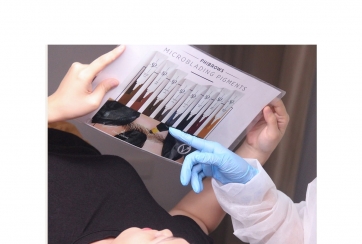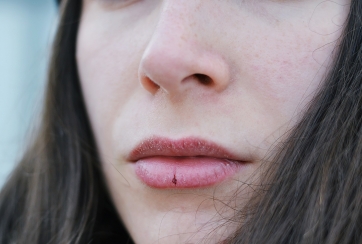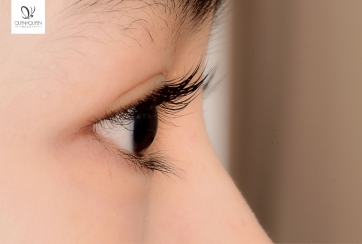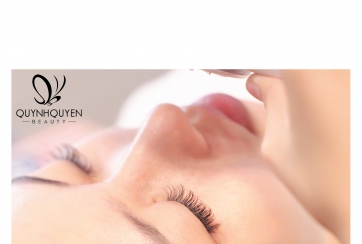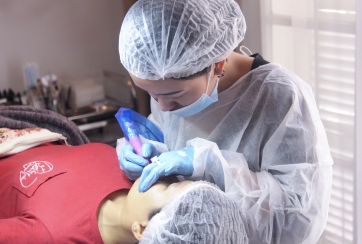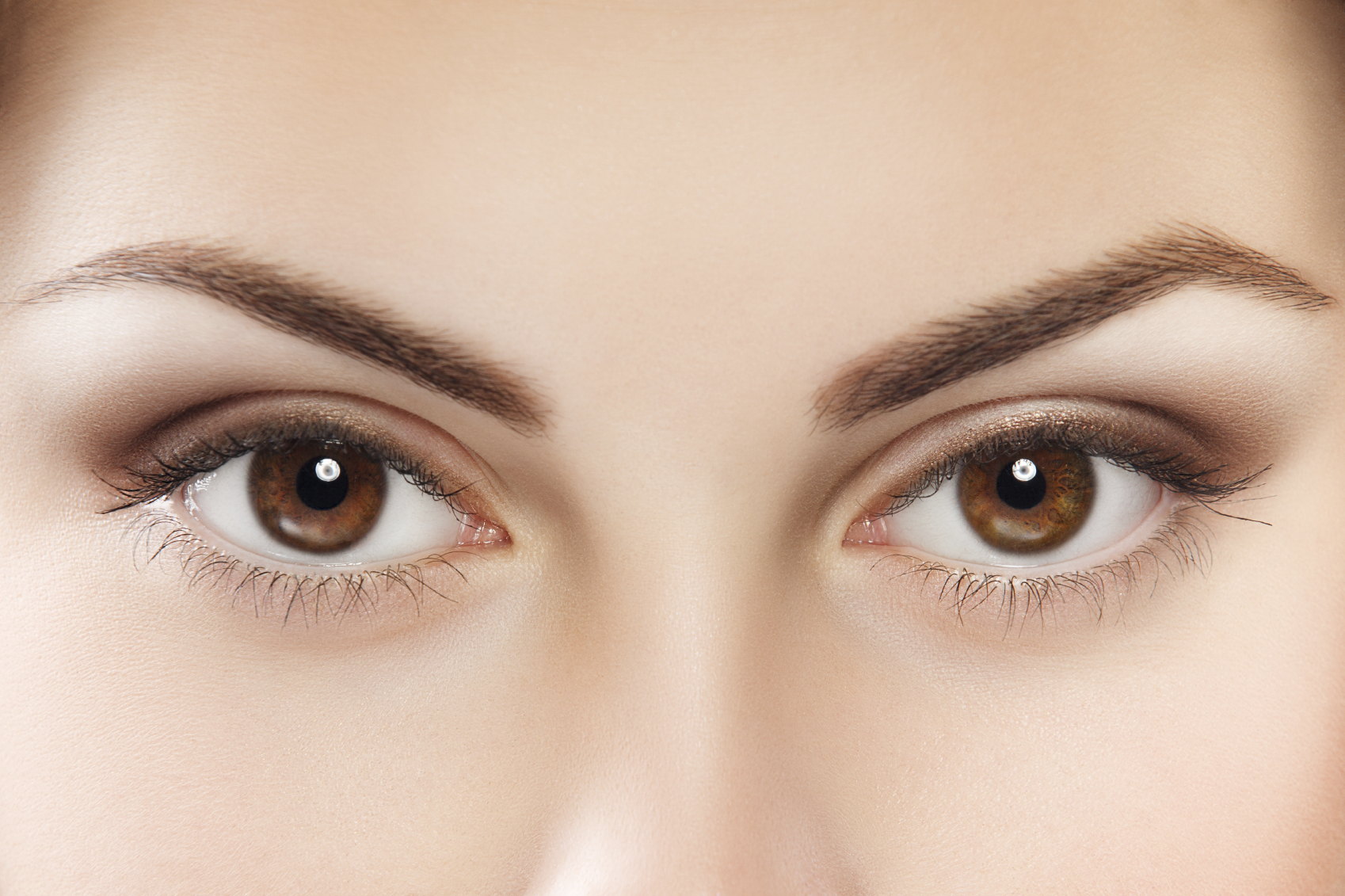
20/06/2019
Eyelash Growth: Know the Facts
As a child, you may have loved finding a stray eyelash on your cheek so you could blow it off of your finger and make a wish. As an adult, you might be less excited to notice your eyelashes falling out. It’s natural to wonder if they will ever grow back. But, just like hair on your head, eyelashes grow, fall out, and regrow again in a natural cycle.
If you wear mascara and your eyelashes fall out excessively, you may be allergic to the product. Or you may be applying the mascara too roughly. Excessive eyelash loss can also be a sign of an underlying medical condition.
These can include:
- alopecia areata
- scleroderma
- hyperthyroidism
- hypothyroidism
- lupus
Extreme eyelash loss can also be caused by blepharitis, an inflammation of the eyelids. Blepharitis can be caused by an allergy, infection, or trauma.
You may also experience temporary eyelash loss if you are undergoing chemotherapy.
If there’s a medical reason for your eyelash loss, your doctor may be able to treat the underlying cause. This can result in the return of typical eyelash growth.
If there isn’t a root cause for your eyelash loss and you wish to speed up lash growth, there are several medically sound ways to do this.
The average adult has 100 to 150Trusted Source upper eyelashes and 50 to 75Trusted Source lower lashes on each lid. Each eyelash has a growth cycle that includes three phases:
Anagen phase
This is the growth period for each eyelash. This phase typically lasts from two weeksTrusted Source. If your eyelash falls out during this time, it won’t grow back right away.
Telogen phase
This is the longest-lasting phase, lasting four to nine monthsTrusted Source. It is considered to be the resting period before your eyelash falls out and a new one grows in its place.
At any given time, you can have eyelashes going through all three phases. The complete eyelash cycle can last anywhere from five to 11 monthsTrusted Source. It’s natural to lose a few lashes on most days, even if you don’t notice them falling out.
You can speed up eyelash growth in several ways:
Eat a healthy diet
Good nutrition supports eyelash growth, as well as overall health. Here are some nutrients that may help eyelash production.
Protein: Your hair is comprised largely of protein, so a diet high in this building block is vital. Protein provides the body with amino acids, which are needed to produce keratin. Keratin can help eyelashes remain healthy and strong.
Biotin: Biotin also supports keratin production. It’s found in many foods, including:
- nuts
- cauliflower
- broccoli
- kale
- onions
- whole grains
Fruits and vegetables containing vitamins A and C: Thesefruits and vegetables help encourage eyelash growth by supporting cell and collagen production. Options include:
- dark orange and yellow fruits and vegetables
- berries
- avocados
Niacin: Niacin (vitamin B-3) helps improve blood flow to hair follicles, stimulating growth. Niacin is found in:
- chicken
- fish
- beef
- turkey
- peanuts
- green peas
- avocados
Iron: A diet lacking in iron can cause many eyelashes to go into their resting phase at one time. Eating foods rich in iron may help prevent this. These include:
- dark, leafy greens such as spinach
- dried fruit
- poultry
- seafood
- beans
- iron-fortified cereals
Take multivitamins
You can supplement your diet with a multivitamin to ensure you’re getting essential nutrients. Although a number of brands are specifically geared towards hair, nail, and skin health, any high-quality multivitamin should do the trick. Make sure the one you choose provides 100 percent of the recommended daily intake.
Use over-the-counter lash conditioning treatments
You can find a range of eyelash growth serums and conditioning gels. These can be used alone or worn under makeup. Some types of mascara contain conditioners, such as lipid or peptide complexes, which may help promote lash growth.
Talk to your doctor about Latisse
Approved by the U.S. Food and Drug Administration, Latisse (bimatoprost) is a topical treatment used to enhance eyelash growth. Latisse increases the number of hair follicles produced during the active growth (anagen) phase. It can also lengthen and darken lashes.
Small changes to your daily habits can prevent excessive eyelash loss. Depending on your lifestyle, you may want to:
Try a new mascara. You may be allergic to your brand and not know it. If you use waterproof mascara, try switching to a non-waterproof formula.
Remove makeup gently. Rubbing or tugging at your lashes, particularly when they are coated with mascara, can make them fall out. Using a gentle makeup remover and a soft touch can help.
Take off makeup before bed. Eyelashes coated with mascara are more brittle and prone to breakage. Rubbing against your pillow all night may also cause them to fall out.
Ditch the eyelash curler. These devices can cause eyelashes to come out, especially if you tug or use them while wearing mascara.
Carefully remove false eyelashes and extensions. These products adhere to your natural lashes with medical-grade glue. Removing the glue can take your lashes out along with it. Be sure to use a gentle, oil-based cleanser. Or let extensions fall off naturally.
Eyelashes follow a natural pattern of growth and fall out at a regular rate. Although this can cause concern, know that they typically grow back without treatment. If you’d like to speed up the growth process, there are several home treatments and lifestyle changes that may help.
If you’re experiencing any unusual symptoms and are concerned that your eyelash loss may be a sign of something more serious, consult your doctor. They can work with you to determine the exact cause of your eyelash loss and advise you on treatments. They can also provide information about topical medications such as Latisse.



